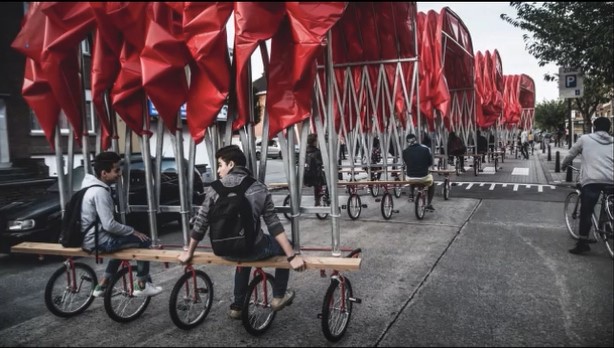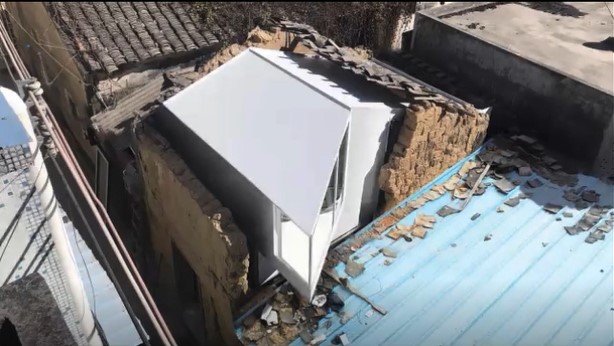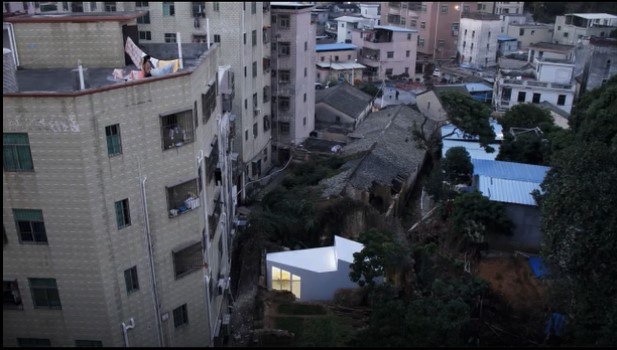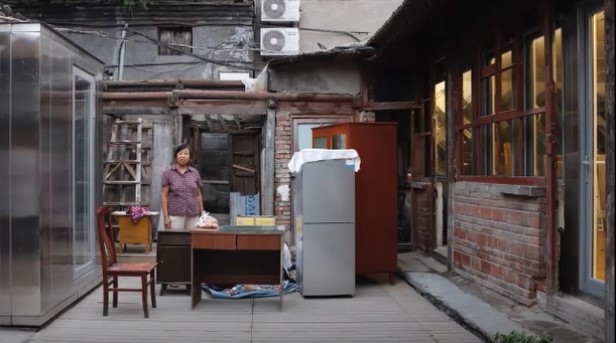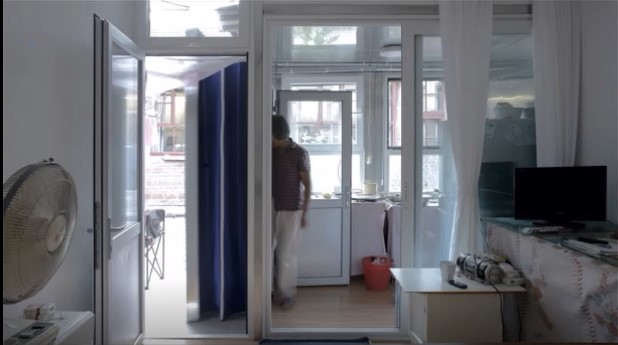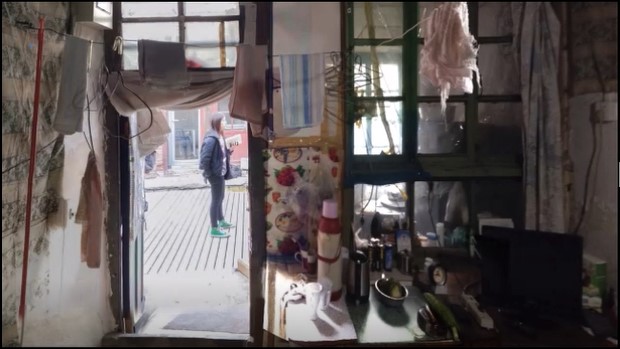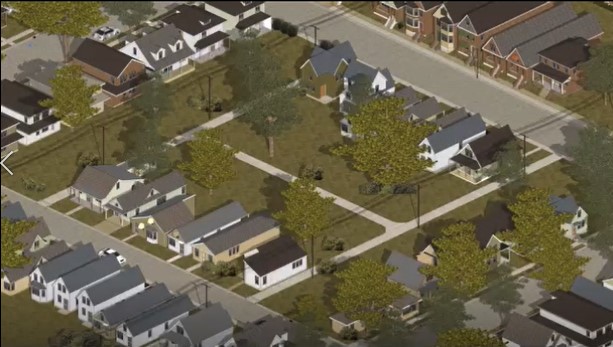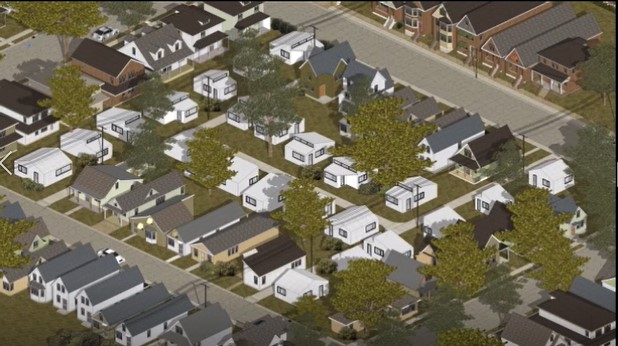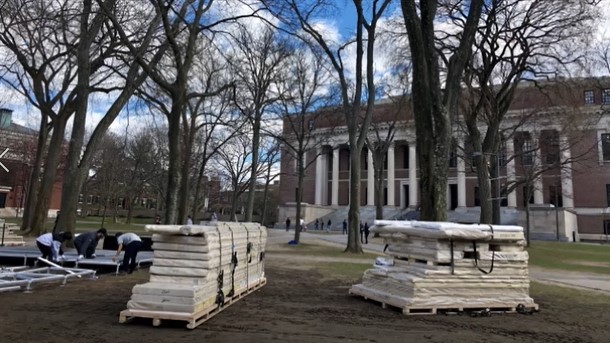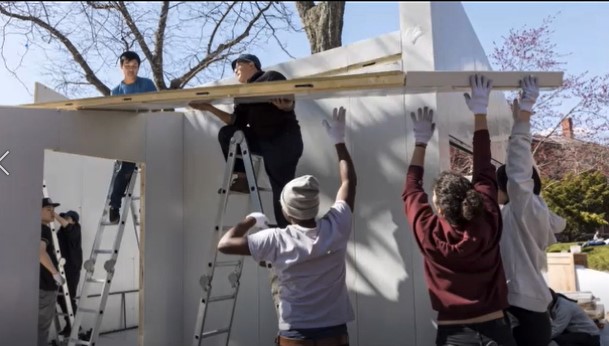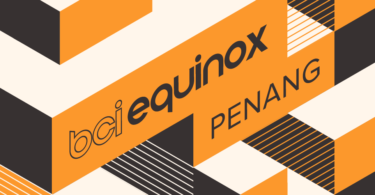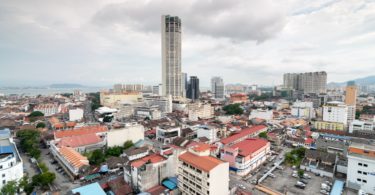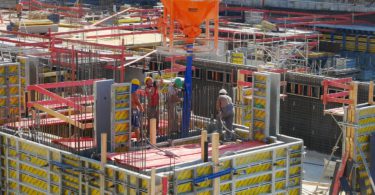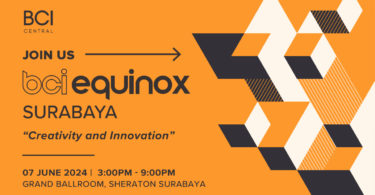Earlier this year when the COVID-19 outbreak started, Construction+ interviewed architects about the impact on design and architecture. Many believed that the effect would be substantial but no one really knew what ‘the post-COVID-19 world’ would be like and whether we would be living with this threat for the rest of our lives. Now that we have been dealing with the virus for some time, we may well conclude that the actual post-COVID reality will not set in until a vaccine has been developed and approved, and made available for public.
Much of the discussion about design at that time centred around wellness and comfort to help people cope with prolonged isolation. Connectivity with nature, optimum air circulation and reconfigurable spaces were among the top design priorities.
Read: Dan Levin & Jean Sebastien Bourdages on the roles of sustainable design & tech in light of COVID-19
Further down the road, we also learned that adaptive reuse of a building is essential in times of crises and that cities could become more flexible and prepared for future disturbances and uncertainties. To do so, we not only need to use different approaches in utilising spaces but also think of other ways in engaging with our communities.
Read: The need for a resiliency framework and accreditation of buildings in Malaysia
James Shen, Principal at People’s Architecture Office, during the session called Emphatic Interventions in Archifest 2020 on 30 September 2020, showed how buildings can be made ready to deal with uncertainties in the future, as well as how architecture can help build inclusive communities. Emphatic interventions are necessary both for dealing with the impact of COVID-19 and to build a just society for a better future.
EXPANDABLE CANOPIES
The use of expandable canopies was widely adopted in building makeshift hospitals or the extension structures that support hospitals’ capacities during the COVID-19 outbreak. The same concept has been used in many places in Asia, for example, to convert streets and squares into a market or a food court in the evening.
This concept can be extended further to introduce temporary interventions in public spaces, such as mobile libraries, food markets or other social events that can foster community engagement. With this, cities will be able introduce programmes in places that are not planned to do so, and then the local council could explore the idea to make them permanent.
From this notion, Shen and his team came up with an intervention approach referred to as a plugin house. They used this to upgrade housing in a neighbourhood that is facing uncertainties due to ownership dispute. The plugin project aims to make an unliveable space liveable by building a house within a house—plugging in a new structure into an existing structure to create a new space identity.
FLEXIBLE IDENTITIES
The conversion of spaces during the COVID-19 pandemic seems to have helped normalise the idea of flexible building identities. Existing large spaces such as warehouses, conference centres and indoor sports stadiums were adapted to rapidly create additional bed capacity.
Read: Looking ahead: Healthcare facility planning for health crises
In order to accept change, according to Shen, we do not need to get rid of the past because the old and the new can work together. This is particularly relevant when the property and the area is facing a lot of uncertainty. A new structure could be constructed within the existing building, for example. And in the future, if the local government or any other parties think that this is not a good idea, the new structure can easily be removed.
Shen’s project was piloted in an urban village in Shenzhen, China. The houses have not been torn down because there is a dispute in the property rights and the issue has been going on for decades. The plugin house is a solution to make these spaces habitable for the occupants while the building’s status is being worked on.
INCLUSIVE COMMUNITIES
In many cities around the world, the COVID-19 pandemic has revealed how inclusivity is a concept that has yet to be put into practice. Race and socio-economic profiles are directly related to the rate of infection. This is reflected in the clusters of infected areas, with vulnerable communities facing the highest risk of transmission.
An inclusive community values all its members and helps them to meet their basic needs so that they can live with dignity, engage actively and contribute to their community, which is particularly crucial in times of crises. Municipalities can help build inclusive communities by supporting social connectedness and belonging.
Shen’s project in the US aims to build a more inclusive community by utilising spaces in people’s backyards to build temporary housing akin to the plugin houses in Shenzhen. The temporary housing seeks to provide a sense of connectedness for the occupants. A proper housing is not sufficient. Residents need to feel that they belong to an actual community with its embedded values and services.
CONCLUSION
The COVID-19 pandemic has reinforced the need for our buildings to be more adaptable and our society to be more inclusive. Just like the companies in the built environment sector, communities also need to adopt a robust system to cope with crises and uncertainties in the future. This is not something that governments, NGOs or architects and other industry players can address alone, but requires a coordinated approach to best serve the people as we move into a world with unpredictable circumstances.
The plugin house project is an ideal example of how architecture, though its emphatic interventions, can create values and help people deal with uncertainties. The world needs more of that.– Anisa Pinatih, Construction+ Online
Disclaimer: Construction+ makes reasonable efforts to present accurate and reliable information on this website, but the information is not intended to provide specific advice about individual legal, business, or other matters, and it is not a substitute for readers’ independent research and evaluation of any issue. If specific legal or other expert advice is required or desired, the services of an appropriate, competent professional should be sought. Construction+ makes no representations of any kind and disclaims all expressed, implied, statutory or other warranties of any kind, including, without limitation, any warranties of accuracy and timeliness of the measures and regulations; and the completeness of the projects mentioned in the articles. All measures, regulations and projects are accurate as of the date of publication; for further information, please refer to the sources cited.
Hyperlinks are not endorsements: Construction+ is in the business of promoting the interests of its readers as a whole and does not promote or endorse references to specific products, services or third-party content providers; nor are such links or references any indication that Construction+ has received specific authorisation to provide these links or references. Rather, the links on this website to other sites are provided solely to acknowledge them as content sources and as a convenient resource to readers of Construction+.




